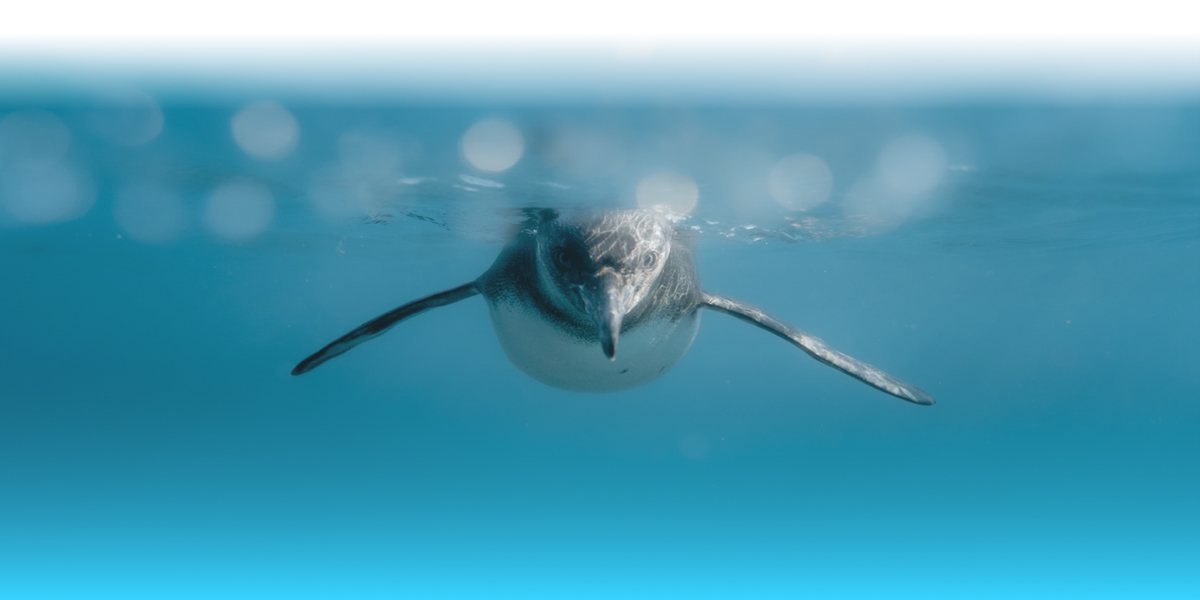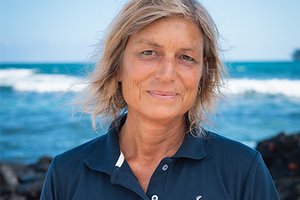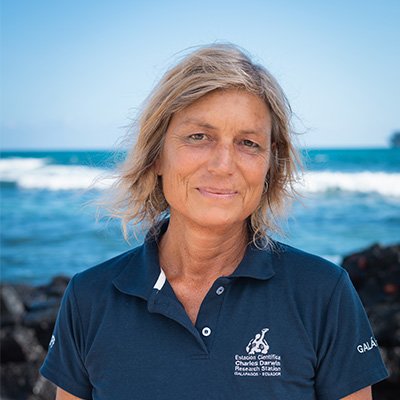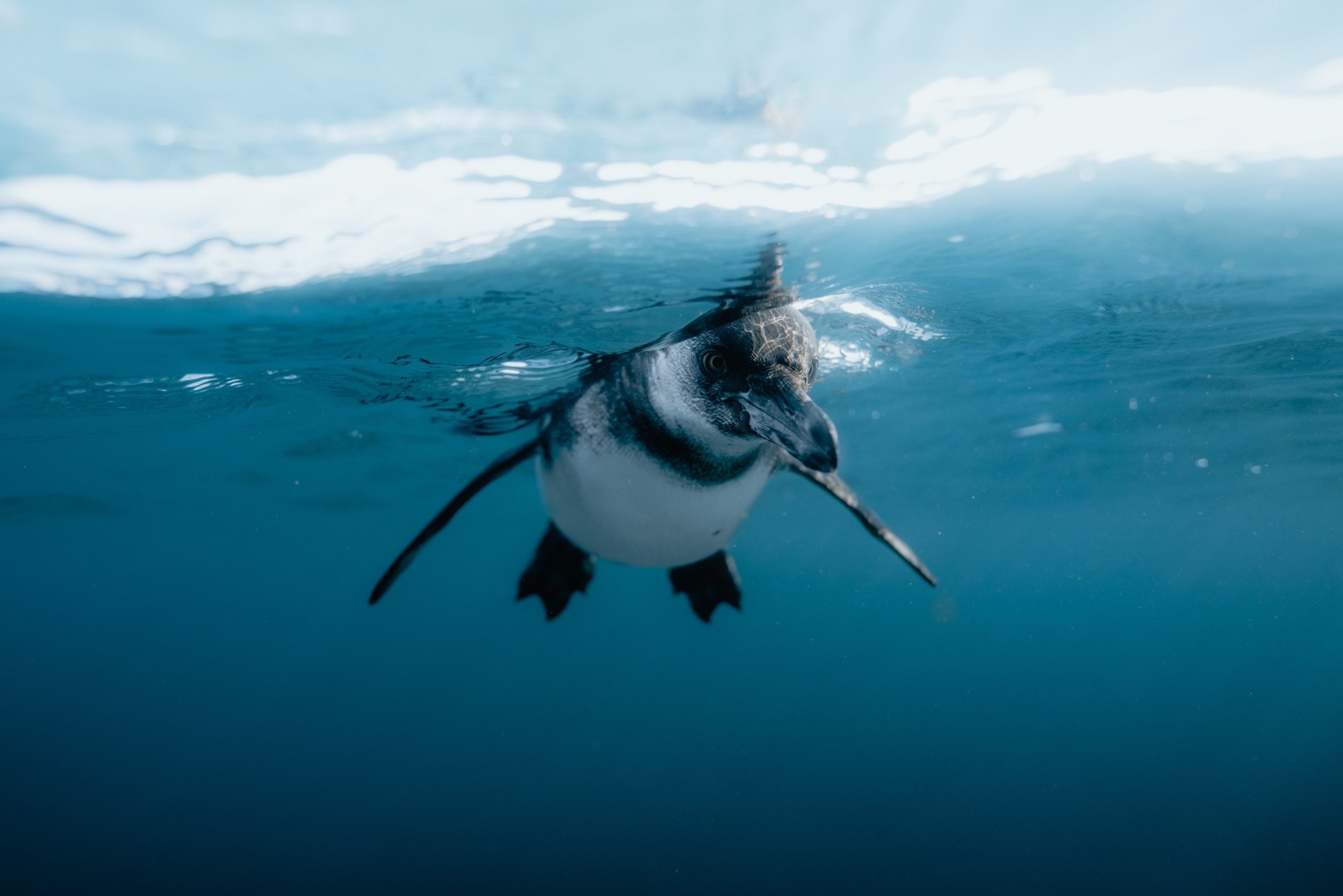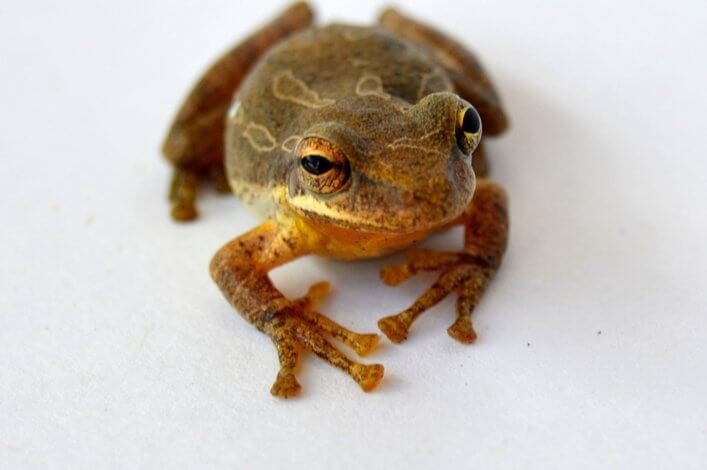
The Galapagos Islands include a large biodiversity of vertebrates including mammals, reptiles, birds and fish. However, as far as amphibians are concerned, the only one found on the islands is the Fowler’s Snouted Treefrog (Scinax quinquefasciatus), which is an introduced species. Its biology, ecology, distribution and impact on the islands is still little known, so the Charles Darwin Foundation (CDF) in collaboration with the ESPOL Politechnic University, Rancho Manzanillo and the Galapagos National Park Directorate will conduct a research on the distribution and diet of this frog on Santa Cruz Island.
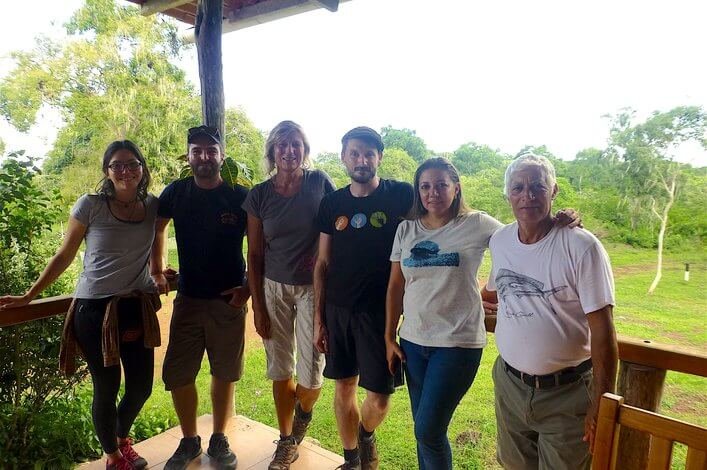
The frog has a wide distribution in the agricultural zone and one of the places with many frogs is Rancho Manzanillo, located in the highlands of this island. This is why the ranch owners contacted the CDF to conduct the respective study by providing facilities in the ranch for the scientists. This research will evaluate the distribution of the frog in the agricultural area, urban area and areas of the Galapagos National Park, and determine the diet of frogs to get an idea of its impact on native and endemic invertebrates.
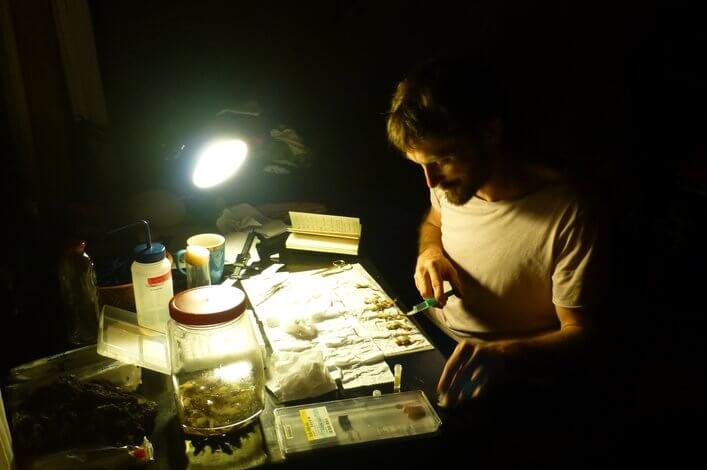
As part of this project, María del Mar Moretta, ESPOL's thesis student, is investigating the species of invertebrates found in the stomachs to understand the impact that frogs have on animal communities. She is also conducting a predation experiment at the ranch, placing beetle larvae along with the frog tadpoles to see if the larvae eat the tadpoles.
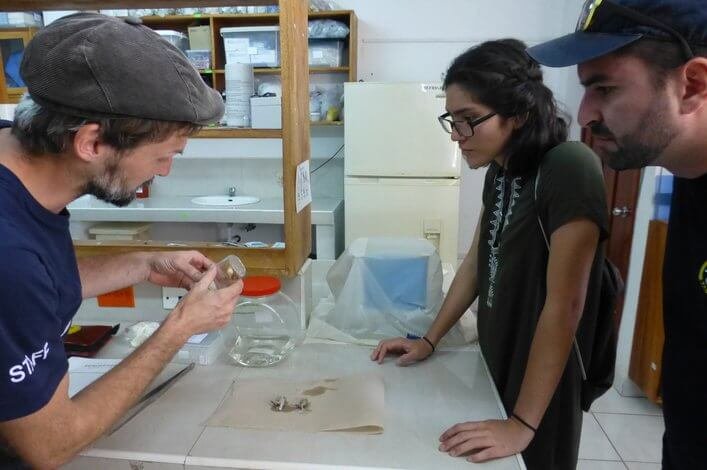
It should be emphasized that since there is no study of this frog on Santa Cruz Island, it is a research project, not a control of this introduced species. The results will be disseminated after the scientists finish their research.


